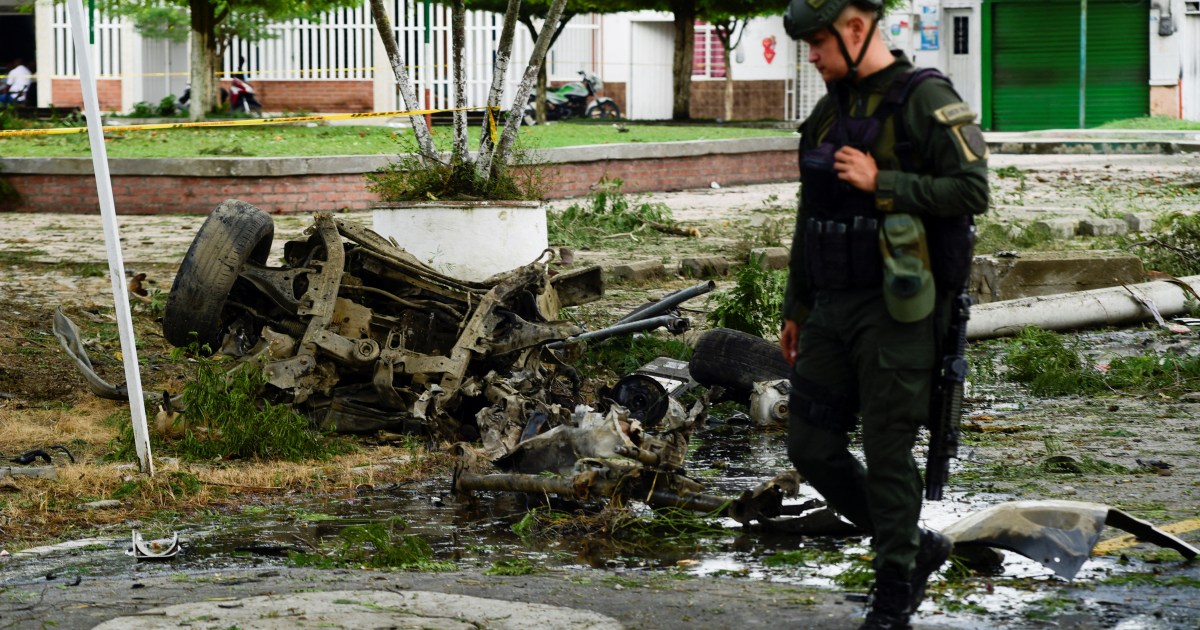Braving the Atlantic: The refugees risking death to reach Europe | Refugees
Their crossing is undertaken in poorly equipped fishing boats or even rubber dinghies. The passengers face unquenchable thirst, seasickness and bone-chilling cold. The weak engines can easily break down, leaving passengers drifting for days if not weeks without sufficient food or fresh water. Bodies are thrown overboard. Some vessels sink or never make it ashore.
Yet tens of thousands of people have risked the arduous journey in search of safety or a better life in Europe. They travel through the rough waters of the Atlantic Ocean to get to the Canary Islands, a Spanish archipelago off the coast of northwestern Africa. They are most often trying to escape either political turbulence or economic uncertainty.
The tightening of border controls through the western and central Mediterranean routes has contributed to a dramatic increase in the number of people braving this longer sea passage. This has made these islands 1,600km (994 miles) off the mainland, a beacon for people coming primarily from Morocco, Western Sahara, Senegal and Mali. Many also arrive from the Ivory Coast, Guinea, Mauritania and Gambia.
People have used this route since the 1990s. The first big surge was in 2006, when 31,678 people reached the islands. It spiked again in 2020, and has not declined since, accompanied by a high death toll.
The human rights non-governmental organisation Caminando Fronteras estimates 4,016 people died en route in 2021, making it one of the most dangerous journeys into Europe. A total of 22,316 people reached the islands last year. Arrivals are on pace to exceed that number in 2022, with 8,268 arrivals registered in the first five months of this year.
After landing, a different challenge begins for the survivors. The Spanish government implemented a plan aimed at keeping refugees and migrants on the islands while organising repatriations whenever possible. They remain in limbo in basic camps, sometimes pitching tents on the beach. Asylum procedures have been delayed, with many waiting to apply for international protection even months after arriving.
“Mañana” – the Spanish word for tomorrow – resonates at the reception centre of Las Raices, in Tenerife. It is the answer everyone receives to questions about the future.
*Names have been changed to protect peoples’ identities.





Pingback: magic mushroom for sale canada
Pingback: https://www.timesunion.com/marketplace/article/phenq-reviews-17525542.php
Pingback: เน็ต ais
Pingback: view publisher site
Pingback: บอลยูโร 2024